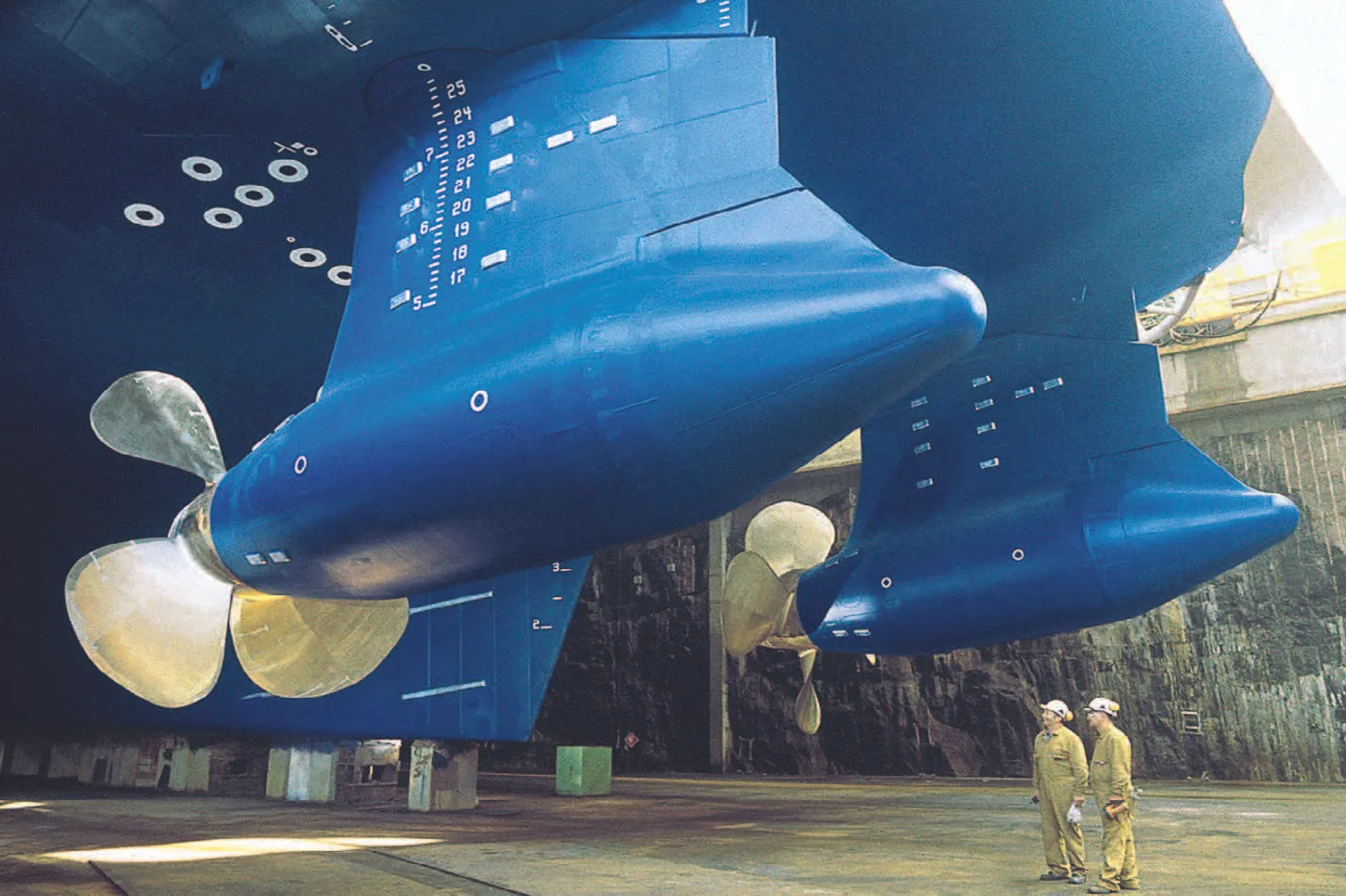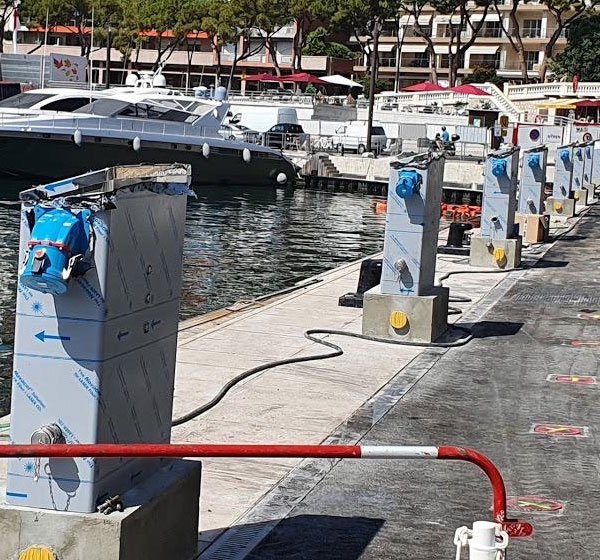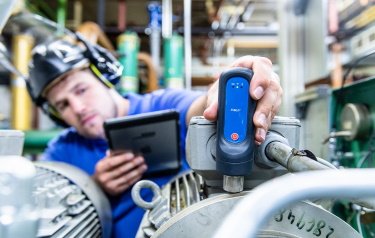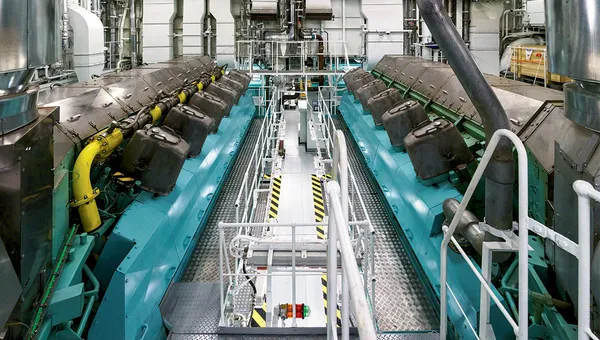
Contents
- Introduction
- Components of an Azipod System
- Power Requirements
- Major Manufacturers and Popular Models
- Vessel Particulars of Oasis-Class Cruise Ships
- Conclusion
1. Introduction
Azipod systems have transformed the maritime industry with their advanced propulsion capabilities. This article delves into the components of azipod systems, their power requirements, major manufacturers, popular models, and the specifics of the Oasis-class cruise ships that utilize these systems.
2. Components of an Azipod System
An azipod system is a complex assembly of various components working together to provide efficient and manoeuvrable propulsion. Key components include:
- Azipod Unit: The main housing that contains the electric motor and propeller, capable of rotating 360 degrees.
- Electric Motor: Typically an AC synchronous motor directly connected to the propeller shaft, providing thrust.
- Propeller: A fixed-pitch or controllable-pitch propeller attached to the azipod unit.
- Steering Gear: Mechanisms that allow the azipod to rotate, providing steering capabilities.
- Cooling System: Ensures the electric motor and other components remain within operational temperature ranges.
- Control System: Includes software and hardware to manage the operation and integration of the azipod with the ship’s systems.
- Power Electronics: Converters and transformers to manage the electrical power supplied to the azipod motor.
- Thruster Mounting: The structural components that attach the azipod to the hull of the ship.
3. Power Requirements
The power requirements for azipods can vary significantly based on the size and type of the vessel. For large cruise ships, azipods typically require substantial power to operate efficiently.
- Power Range: Azipods on large vessels like cruise ships generally range from 10 MW to 20 MW (10,000 kW to 20,000 kW) per unit.
4. Major Manufacturers and Popular Models
Major Manufacturers
- ABB
- Popular Models: Azipod XO, Azipod D, Azipod VI
- Applications: Widely used in cruise ships, icebreakers, and offshore vessels.
- Cost: Approximately $5 million to $15 million per unit, depending on size and specifications.
- Rolls-Royce (now part of Kongsberg Maritime)
- Popular Models: Mermaid Pod Propulsor
- Applications: Cruise ships, ferries, and specialized vessels.
- Cost: Approximately $5 million to $15 million per unit, depending on size and specifications.
- Wärtsilä
- Popular Models: Wärtsilä Steerable Thruster (WST)
- Applications: Offshore vessels, icebreakers, and various commercial ships.
- Cost: Approximately $5 million to $15 million per unit, depending on size and specifications.
Popular Models on Cruise Ships
ABB Azipod XO
- Features: Enhanced hydrodynamics, high efficiency, and reliability.
- Used On: Oasis-class cruise ships, among others.
- Power Output: Up to 20 MW per unit.
Rolls-Royce Mermaid Pod
- Features: Robust design, high manoeuvrability, and reduced maintenance.
- Used On: Various large cruise ships.
- Power Output: Up to 20 MW per unit.
5. Vessel Particulars of Oasis-Class Cruise Ships
Oasis-class cruise ships are among the largest and most innovative vessels in the world, showcasing the capabilities of azipod propulsion systems.
General Specifications
- Builder: STX Europe (now Chantiers de l’Atlantique)
- Owner: Royal Caribbean International
- Length Overall: Approximately 360 meters (1,181 feet)
- Beam: 47 meters (154 feet)
- Draft: 9.3 meters (30.5 feet)
- Gross Tonnage: Around 225,282 GT
- Passenger Capacity: Up to 6,780 passengers
- Crew Capacity: Around 2,300 crew members
Propulsion System
- Azipod Units: Equipped with ABB Azipod XO units
- Number of Azipods: 3 per vessel
- Total Power: 60 MW (20 MW per azipod unit)
- Speed: Maximum speed of 22.6 knots
Environmental Features
- Energy Efficiency: Optimized hull design and advanced propulsion reduce fuel consumption.
- Emission Reduction: Utilizes advanced emission control systems to minimize environmental impact.
6. Conclusion
Azipod systems represent a significant technological advancement in marine propulsion, providing unparalleled manoeuvrability, efficiency, and environmental benefits. Major manufacturers like ABB, Rolls-Royce, and Wärtsilä continue to innovate in this field, offering powerful and reliable azipod models for a variety of vessel types. The Oasis-class cruise ships exemplify the successful integration of azipod technology, highlighting its advantages in modern maritime operations.For more detailed insights and updates on maritime technologies, visit maritimehub.com




